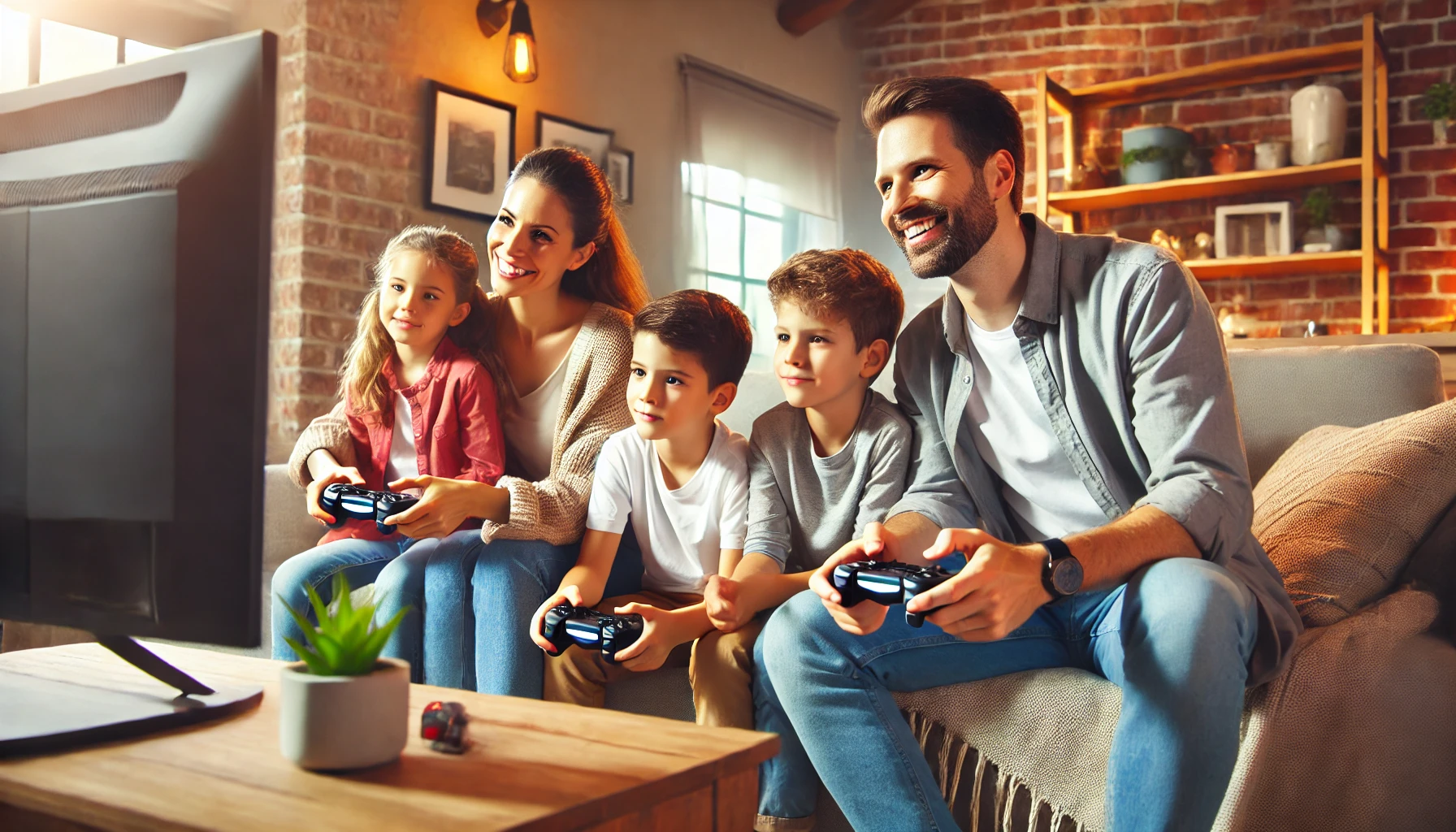Bringing a child into your home, whether as a new parent, foster carer, or adoptive parent, comes with great joy and excitement. However, it also brings tremendous responsibility to provide a safe, secure, and nurturing environment for that child to grow and thrive in. Keep reading to learn some helpful tips and advice for creating a safe home for children.

Childproofing Your Home
Whether you’ve recently become a foster parent or you’ve been caring for your own children for many years, home safety is important. One of the first steps to creating a safe home is thorough childproofing. This involves going through each room and removing any potential hazards.
Start by covering all electrical sockets. Purchase safety covers or inserts to prevent curious fingers from getting shocked. Move any dangling cords out of reach or tie them up. Secure any unstable furniture to the wall using brackets and use corner cushions on sharp edges of furniture and fireplaces.
Check for any small items that could pose a choking hazard like buttons, marbles, coins, batteries, and small toy parts. Keep these well out of reach of babies and young toddlers. Install safety gates on your stairs. Use window stops to prevent windows opening more than 10cm to avoid falls.
Teach Safety
As children grow, actively teach them about safety. Show them how to use toys and equipment properly. Talk to them about road safety. Teach appropriate behaviours around household dangers like plug sockets, hot ovens, and cleaning products. Supervise their play until you’re sure they understand safety rules. Repetition and leading by example are key.
Manage Chemicals Safely
Household chemicals pose serious risks to children if they are ingested or handled improperly. Store all cleaning products, laundry supplies, automotive chemicals, paints, and medications up high or locked away. Read product labels carefully and never transfer chemicals into unmarked containers.
Practise Fire Safety
The risk of fire makes smoke alarms essential in any home with children. Install alarms on every level of the home and inside every bedroom. Check them monthly and replace batteries yearly. Teach children what the alarm sounds mean. Make a family escape plan with two exits from every room and a meeting place outside.
First Aid Essentials
Keep a well-stocked first aid kit to treat any minor injuries. Take a paediatric first aid class so you know how to respond in an emergency. Post emergency numbers clearly. Know details about any health conditions or allergies your child has. Make sure children know their full name, parents’ names, address, and phone number in case they ever get lost or separated from you.
Focus on Supervision
Vigilant supervision is key to preventing safety issues before they occur. Actively supervise young children at all times. Do not leave babies alone on high surfaces or in baths, even for a moment. Secure babies in high chairs, swings, and playpens. Use baby monitors when children are napping or playing in another room. As children grow, match supervision to their demonstrated maturity level.
Creating a safe home takes effort but gives children the secure foundation they need. Focus on preventing injuries through supervision, education and childproofing. Be prepared to handle any incidents with first aid training and equipment. With some planning and attention, you can give children the safest home possible.

